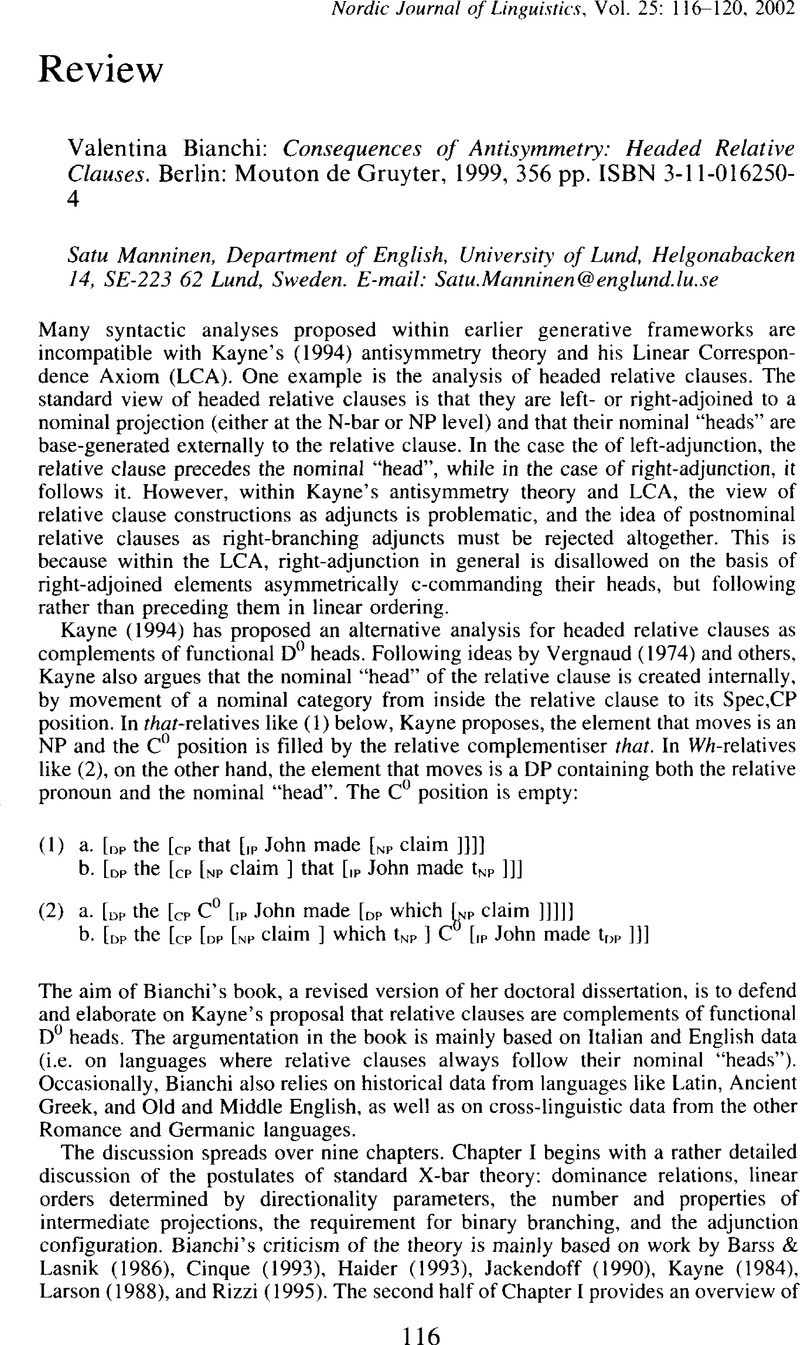Crossref Citations
This article has been cited by the following publications. This list is generated based on data provided by Crossref.
Yiagnigni Abass, Ngoungouo
2024.
Conditional Clauses In Shupamem.
International Journal of Literature, Language and Linguistics,
Vol. 7,
Issue. 1,
p.
58.



